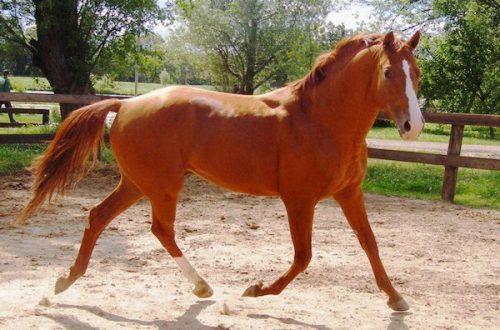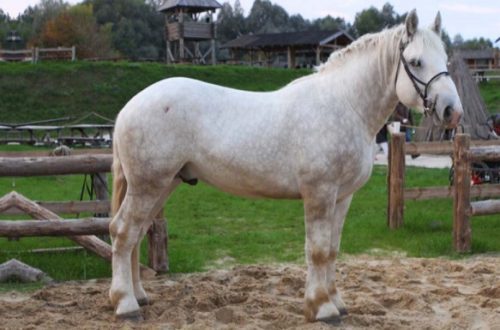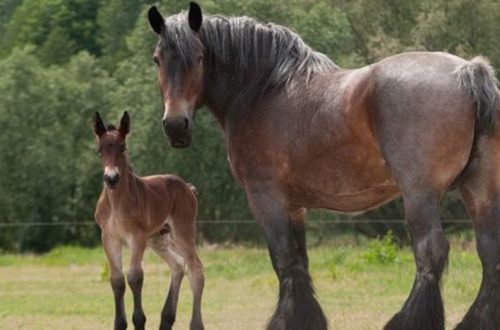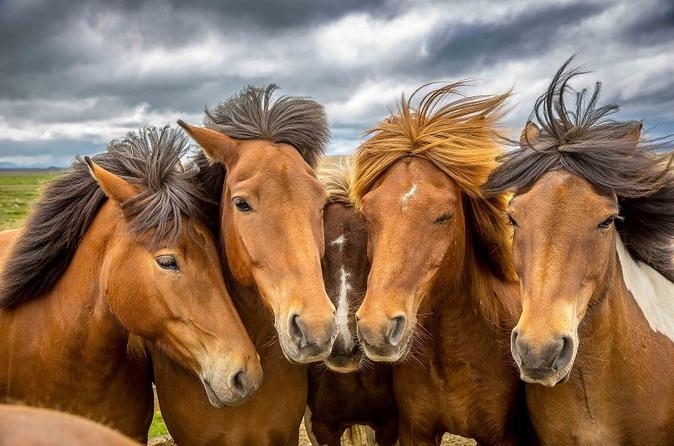
icelandic
The Icelandic horse is currently the only horse breed in Iceland. According to the law, no other horses can be imported there. Moreover, even Icelandic horses that once left their homeland cannot return there.
In the photo: Icelandic horses. Photo source: https://www.mylittleadventure.com
Edukiak
History of the Icelandic horse breed
There is a legend that the Icelandic horses are descended from Sleipnir, an eight-legged horse, the assistant of Odin, the supreme god. However, it seems more plausible that the first horses came to Iceland with the Vikings in the 9th – 10th centuries. To save space on longships, the Vikings preferred small horses.
In Iceland, horses were revered as a symbol of fertility. Horses were a means of transportation and also helped people in agricultural work. In addition, the Vikings had fun fighting stallions. And after the death of the owner, the horse was burned on a funeral pyre. White horses were sacrificed during various ceremonies.
At first, horse owners tried to cross Icelandic horses with oriental ones, but this led to a deterioration in the physical qualities of the Icelandic horse. No further attempts were made to crossbreed with other breeds.
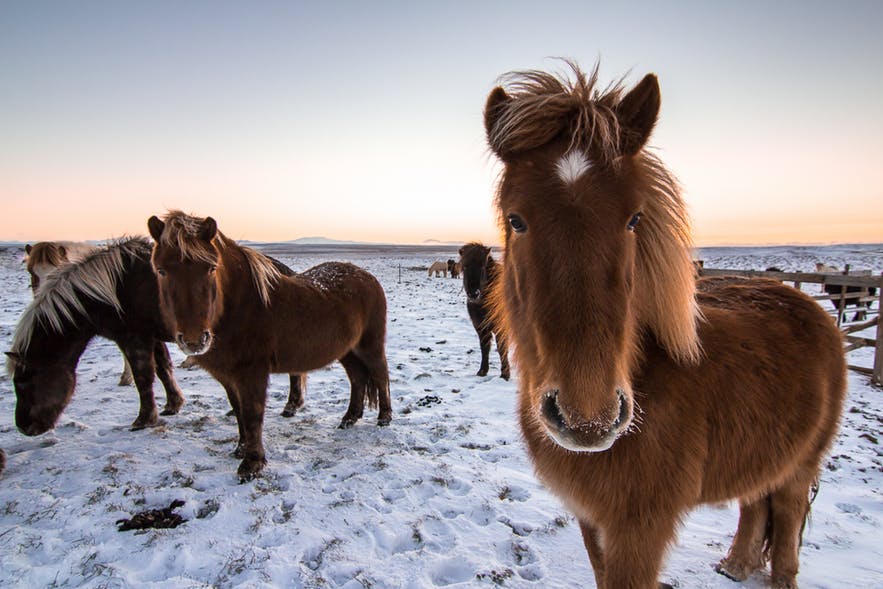



In the photo: Icelandic horses. Photo source: https://guidetoiceland.is
In 982, a law was passed, according to which horses were forbidden to be imported into Iceland. The purpose of this bill was to prevent diseases, and since then horses from other countries have not entered Iceland. Even Icelandic horses, which are taken out of the country, albeit for performances in international competitions, are closed to their homeland. Items that are used in working with horses, including ammunition and clothing, also fall under the ban. This law allowed the breed of Icelandic horses to be kept pure.
1783 was tragic for the breed – about 70% of the Icelandic horses died due to the eruption of the Laki volcano, as well as as a result of the famine that followed this event.
1904 was marked by the creation of a community for the breeding of Icelandic horses.
Since 1940, Icelandic horses left their historical homeland for the first time – several representatives of the breed were taken to Germany.
Today, Icelandic horses are popular in North America, Western Europe and Scandinavia. And branches of the International Federation of Associations of Icelandic Horse Fanciers are open in 19 countries. The number of Icelandic horses in their homeland is about 80, and in the rest of the world – about 000 individuals.
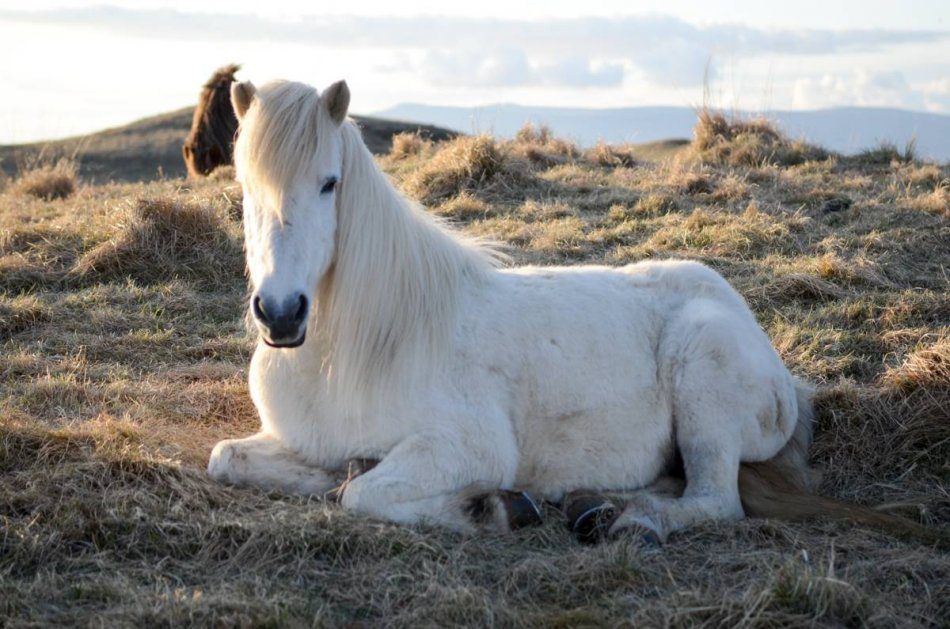



Photo: Icelandic horse. Photo source: https://www.whatson.is
Description of the Icelandic horse
Despite their resemblance to ponies, Icelandic horses should not be confused with them. The main characteristics in the description of the Icelandic horse are: short stature, stockiness, rough build, short neck, large head, small ears, thick bangs, long tail and mane.
Average measurements of Icelandic horses
Altuera ihartzean | 130 - 145 cm |
Busto | 160 cm |
Ukabil sorta | 17 cm |
Pisua | 380 - 410 kg |
Basic colors of Icelandic horses
- Gorria.
- Baying.
- Voronaya.
- Grisa.
- Tarta.
- And many others, including those with zebroid legs.
The average life expectancy of Icelandic horses is about 40 years (the record for the life expectancy of an Icelandic horse is 56 years), and they reach maturity at 7 to 8 years. Icelandic horses come in no earlier than 4 years. The heyday is considered the age of 8 – 18 years.
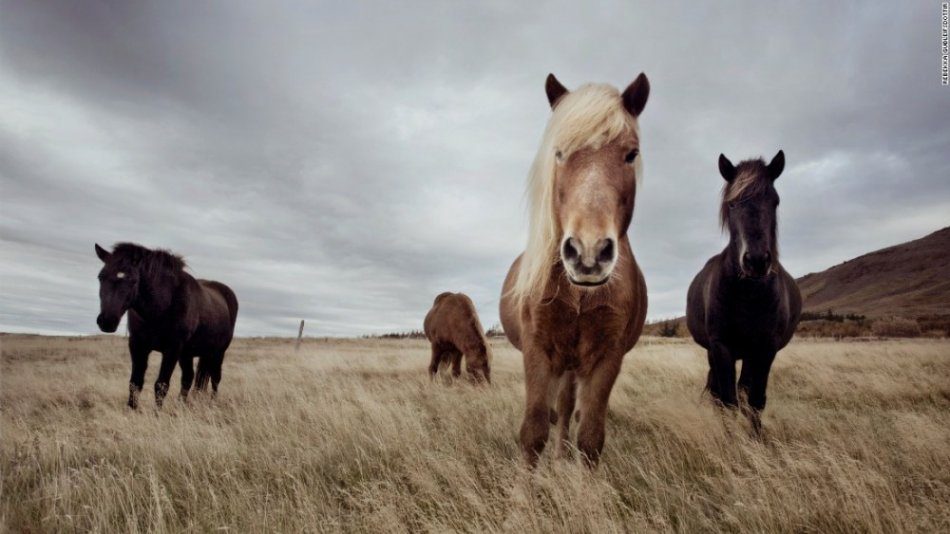



In the photo: Icelandic horses. Photo source: http://www.equinetheory.com
At home, they live in herds in open areas, and only in winter they are placed in shelters. Icelandic horses are not afraid of the cold, because their coat is dense and thick. Since Icelandic horses are isolated from horses arriving from abroad, they are not susceptible to any disease. They only have parasites. However, due to their isolation, they also lack immunity to infectious diseases, so any outbreak in Iceland could have dire consequences.
Another characteristic feature of the description of Icelandic horses is five-allurry. In addition to the basic gaits (walk, trot, gallop), Icelandic horses can move in a skade – amble, as well as a tölt – a four-beat gait in which the front legs move in steps, while the hind legs move forward far, thanks to which the horse walks very energetically.
The need to survive in harsh conditions has developed intelligence and resourcefulness in Icelandic horses. They are able to move on sharp stones and slippery ice, to cross fast cold rivers.
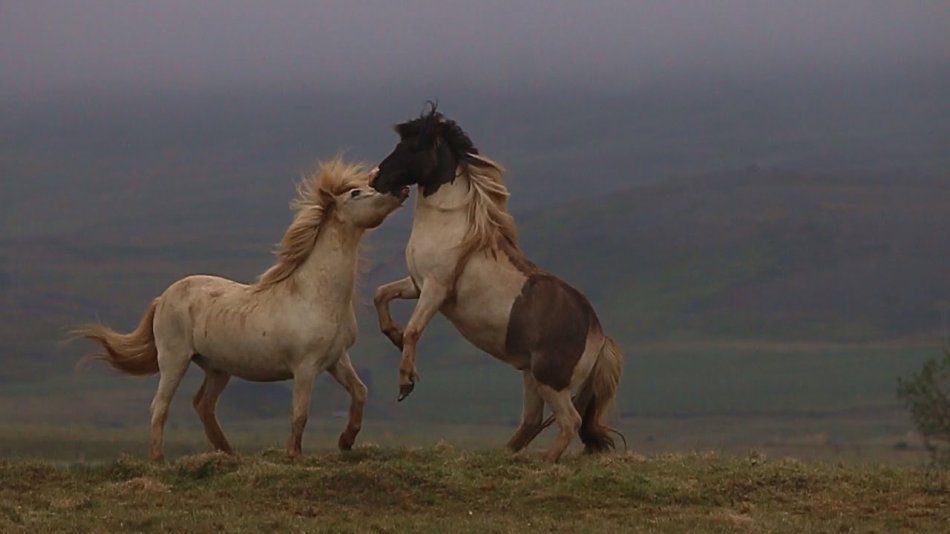



In the photo: Icelandic horses. Photo source: YouTube
The nature of Icelandic horses is friendly and calm, they trust people.
The use of Icelandic horses
Due to their strength, endurance and docile nature, Icelandic horses are used in various fields: in agriculture, hunting, hippotherapy and horsball. They also take part in sports competitions, from running to show jumping. There is also a sport that is available only to Icelandic horses – this is horse racing on ice. Icelandic horses are often used in children’s sports.
In addition, they are excellent family horses.
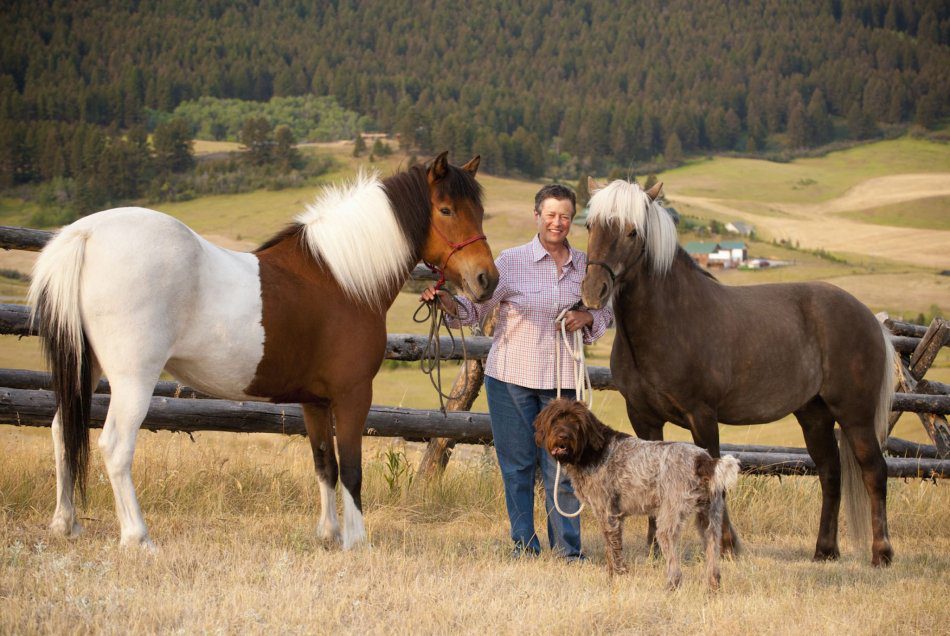



In the photo: Icelandic horses. Photo source: http://www.adventurewomen.com
famous Icelandic horses
Icelandic horses in movies
Icelandic horses were filmed in the film “About horses and people” (Iceland, 2013). The film takes place among the endless meadows where people and horses lead a measured life. However, there comes a moment when each of the heroes needs to make an important decision and change their lives.
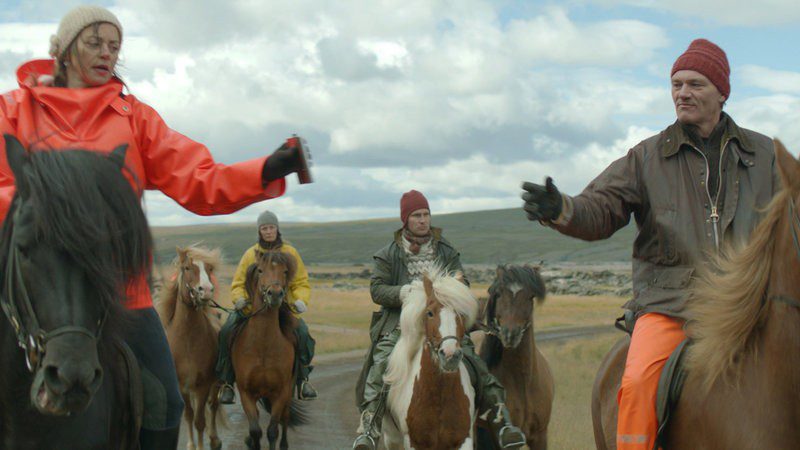



In the photo: Icelandic horses in the film “About horses and people.” Photo source: https://www.nziff.co.nz
Icelandic horses – muses
Photographer Gígja Einars from Reykjavik is in love with the Icelandic horses that are the protagonists of her magnificent work.
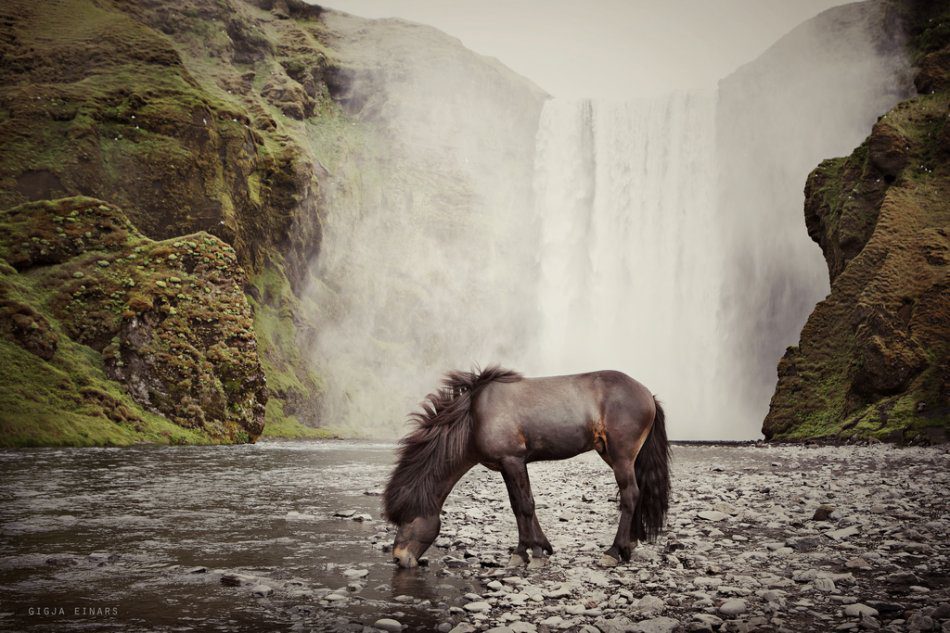



In the photo: the Icelandic horse through the eyes of photographer Gígja Einars. Argazkiaren iturria: https://www.flickr.com
Irakurketak: beraz:





